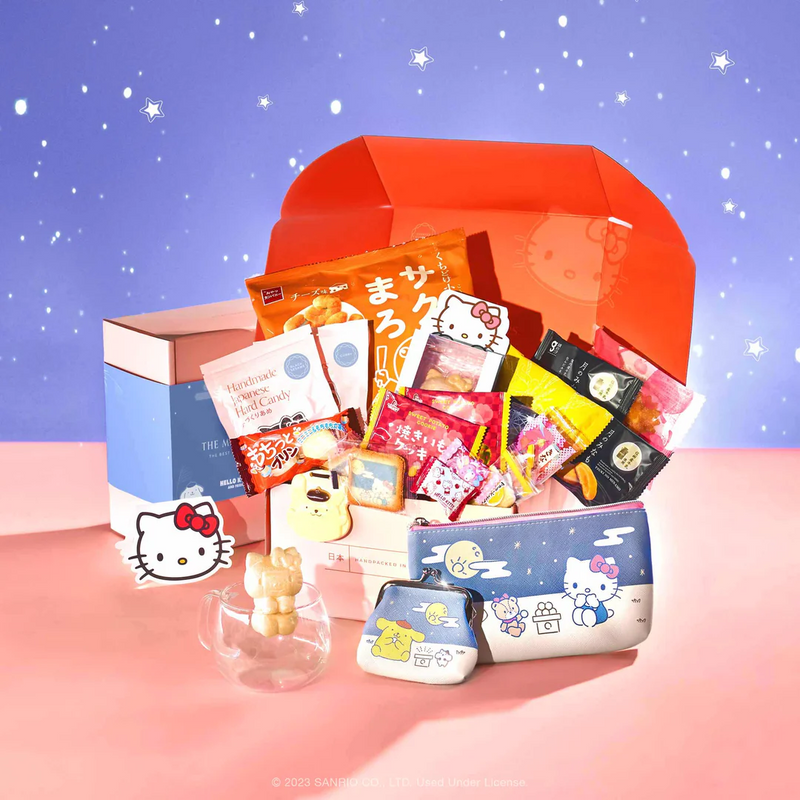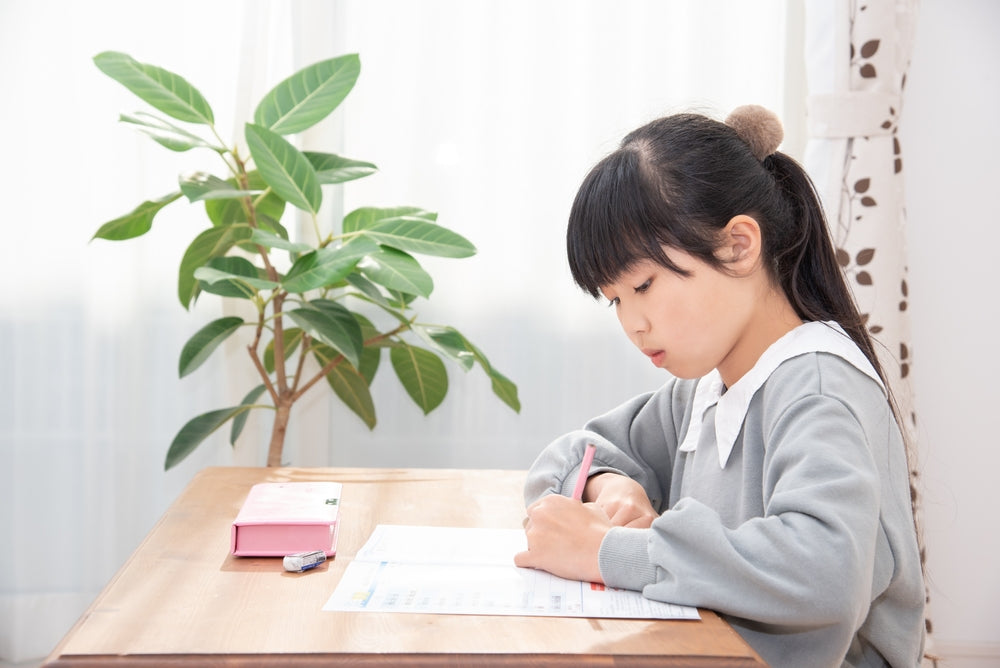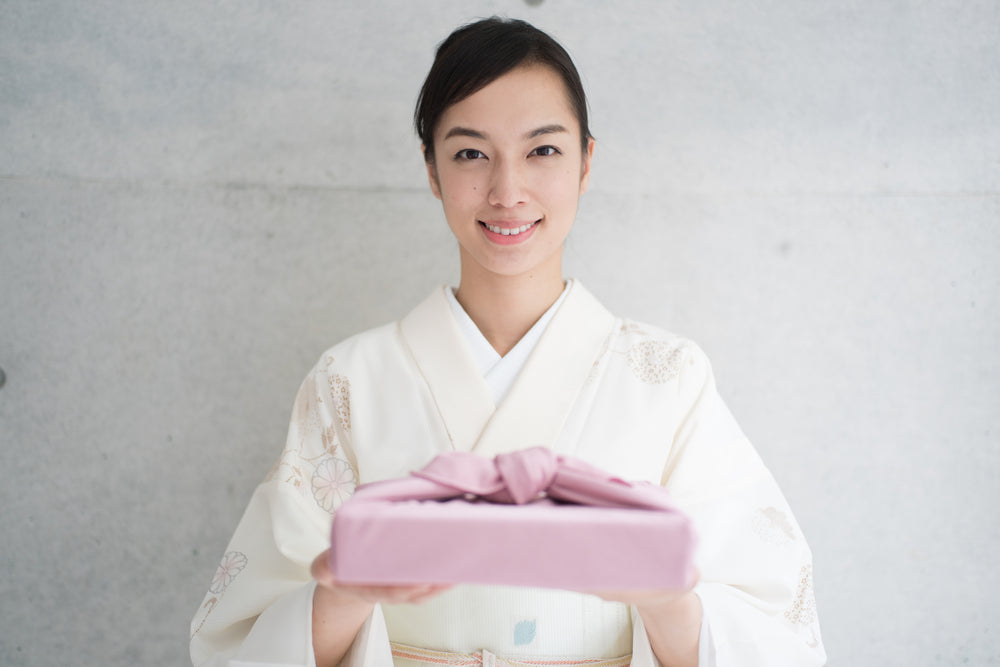The Spirit of Asakusa: Inside the Celebrations of Sanja Matsuri
If you want to see the streets of Tokyo at their wildest, visit during Sanja Matsuri, the city’s largest shrine festival. From colorful parades to sumptuous festive foods, this three-day cultural event is packed with exciting activities for everyone.
Embracing the Vibrancy of Sanja Matsuri

Sanja Matsuri is a Japanese Shinto festival held annually at Asakusa Shrine in Tokyo. The festival takes place on the third weekend of May every year and lasts for three days: Friday, Saturday, and Sunday. Sanja Matsuri, which translates to “Three Shrine Festival,” is an event held in honor of the three men who founded the Sensoji Buddhist temple. Each year, approximately two million people attend the festival, which attracts both locals and tourists. People come to honor ancient religious and cultural traditions while expressing pure joy and freedom. This vibrant atmosphere makes Sanja Matsuri one of Tokyo's most famous and lively festivals.
Common features at the event include the procession of portable shrines called mikoshi, festive costumes, parades, dancing, traditional music, live performances, festival games, and street food sales. Each day of the festival seems to offer a new perspective on the celebrations. Only a handful of festivals in Tokyo can showcase the rich cultural tapestry of Japan, like Sanja Matsuri.
The Origins of Sanja Matsuri: A Historical Perspective

The story of Sanja Matsuri is believed to have begun on March 18, 628, with two fishermen who were brothers. Their names were Hinokuma Hamanari and Hinokuma Takenari, and they discovered a small figurine of the Bodhisattva Kannon (the Japanese Buddhist deity of compassion). When Haji-no Nakatomo, a wealthy landlord, heard about the brothers’ discovery, he convinced them to convert to Buddhism. Together, the three men dedicated the rest of their lives to practicing and furthering the religion. They went on to consecrate the Kannon statue in a small Buddhist temple, which would later be known as Sensoji and is currently the oldest temple in Tokyo. The statue still sits in the temple today.
The three men were famously called “Sanja-sama,” and the Ujiko people began celebrating festivals dedicated to them in 1312. That was the start of Sanja Matsuri. The festival wasn’t an annual event at the time but was always held in March. In 1649, the shogun Tokugawa Iemitsu declared the construction of the Asakusa Shrine in honor of the three kami (divine spirits) of the founders of Sensoji Temple. The Asakusa shrine provided better structure and organization for the Sanja festival, which became an annual event from then on. The shrine also became a centerpiece for Shinto and Buddhist culture in Japan, and in 1951, it was declared an Important National Cultural Asset. Today, the traditions and cultural significance of the festival remain largely unchanged.
Sanja Matsuri 2024: Dates and Expectations

Sanja Matsuri 2024 starts Friday, May 17, 2024, and ends Sunday, May 19, 2024. Those dates fall on the third weekend of the month of May 2024. The main venues will be the Asakusa Shrine, Nakamise Shopping Street, and Sensoji Temple, but festivities will resonate throughout the streets of Tokyo, especially in the Asakusa district, where the shrine is located. The festival can be rowdy, but organizers try their best to follow a schedule, which we’ll reveal to you below:
Day 1: May 17 (Friday). Festivities start on Friday afternoon with the Daigyoretsu Parade, a long procession that consists of dancing, traditional Edo era costumes, floats, and music. The parade passes through Sensoji Temple and ends at the Asakusa Shrine. Next is a traditional music and dance ceremony at the shrine to celebrate the procession’s arrival and usher in prosperity.
Day 2: May 18 (Saturday). In the early afternoon, nearly 100 local mikoshi are paraded through the streets. They are first carried to the Asakusa Shrine, where they are blessed, before they are carried back out into the streets to spread blessings and prosperity. If you return to the shrine before the sun sets, you might witness the maiden dance performance.
Day 3: May 19 (Sunday). Proceedings start in the early morning this time. At the Asakusa Shrine, you’ll find the three main mikoshi, which will be carried to different parts of the district. By evening, they would have visited all the major streets of Asakusa. A shrine maiden performance might also take place in the afternoon.
The Three Divine Protectors: The Heart of Sanja Matsuri

If you followed the origin story of Sanja Matsuri, you should remember that there are three kami (shinto deities) enshrined at Asakusa Shrine, which are celebrated during the festival and give the event its name. The kami are Haji-no-Manakachi-no-Mikoto, Hinokuma-no-Hamanari-no-Mikoto, and Hinokuma-no-Takënari-no-Mikoto. They represent the three men who founded Sensoji Temple in 628, making it the oldest and most famous Buddhist temple in Tokyo.
Descendants of the men have served at the temple over several centuries. To this day, members of the Haji family serve as the chief priests. By enshrining their spirits on religious grounds, locals can pray to them for an abundant harvest, good luck, and prosperity. Sanja Matsuri features excellent exhibitions of such prayers, especially the blessing of the portable shrines or mikoshi.
Mikoshi Processions: The Power and Passion of the People

A mikoshi is a sacred and portable Shinto shrine. Followers of the religion believe that the mikoshi allows deities to move from one shrine to the next. The night before Sanja Matsuri weekend begins, the head priest of Asakusa Shrine performs a Shinto ceremony to invite the deities into mikoshi. These portable shrines are the main cultural attractions in Sanja Matsuri, with thousands of locals and visitors carrying them through the streets. Each day of the ceremony has at least one mikoshi procession on display.
On Saturday, all 44 neighborhoods in the district arrive at the Asakusa Shrine and Sensoji Temple with their own mikoshi. Before giving the portable shrines back to their owners, Shinnto priests bless them. Next, the parade continues with all the mikoshi returning to their neighborhoods, where they’re believed to spread good luck and success. The blessing of the three main mikoshi happens on Sunday of the Sanja festival. This procession is the most energetic. Revelers from each Asakusa neighborhood hustle and bustle for the privilege of carrying the large portable shrines. Watching them compete can be fascinating. The shrines are paraded throughout the district and returned at night.
Cultural Performances and Traditional Arts

Sanja Matsuri showcases the variety of cultural performances and art that feature in the festival celebrations. One of the most famous of these performances is the Binzasara Dance, a traditional ritual performed as a means to pray for a good harvest. The participants in the dance tend to wear flower hats and binzasara clappers. They dance to traditional folk songs played by a binzasara, a Japanese percussion instrument with Buddhist roots. At some point, the performers may sprinkle confetti, causing the crowd to cheer loudly.
The shrine maiden dance performance is another major attraction. Young priestesses or miko, of the Asakusa Shrine perform a sacred dance to the traditional music of gagaku. The festival also includes paid attractions such as the geisha performances on Saturday and Sunday. Elite female artists impress the audience with their singing, dancing, and instrument playing skills. On the final day of proceedings, the Nihon Taiko Dojo, a respected Japanese percussion academy, may perform. Their students treat the audience to a marvelous musical show filled with drumming.
Exploring Asakusa During Sanja Matsuri

To help you get the most out of the Asakusa Sanja festival, here are some insights into experiencing the district during the festival:
-
Getting around: Although the Asakusa station is typically the main stop, it gets overcrowded during the festival weekend. Alternative stations you should try are Azumabashi, Tawaramachi, and Kuramae stations.
-
Navigating the crowds: It’s always a crowded event, so look for ways to work around that. You may need to walk further than you normally would to find an unoccupied public toilet. Also, book any hotel, tour, or train pass in advance of your visit.
-
Best spots for viewing: The best view of Sanja Matsuri is in the thick of the action with the rest of the crowd. However, many affordable hotels offer rooms with incredible views of the district. You can stay in your room and watch the processions.
-
Weather preparedness: Always check the weather report before stepping out. You can carry around a portable umbrella or other rain gear. On sunny days, sunscreen and a hat could be really useful.
-
Carrying the mikoshi: Unlike most of the other Japanese festivals, anyone, including foreigners, can carry the portable shrine. If you get invited, go ahead if you’re up for it. However, it’s not rude to politely decline.
The Role of Yakuza in Sanja Matsuri: A Controversial Tradition

In case you’ve never heard of the yakuza, they’re gang members of a Japanese crime syndicate that has been in existence since the early 17th century. But before you panic, you should know that their involvement in Sanja Matsuri has never been violent. In fact, thrill seekers consider the festival the safest way to observe these gangsters.
It all started in the mid-1950s, a period when Asakusa district was suffering from a dwindling population and didn’t have enough people to carry the mikoshi. Along came festival enthusiast clubs with volunteers. However, many of them were actually yakuza gang members. Thus began the unofficial tradition of yakuza attending the festival in fundoshi (traditional Japanese undergarments) to show off their affiliation tattoos. Some go as far as to dive from the top of Mikoshi.
Festival Food and Street Delights

One of the best parts of Sanja Matsuri is the array of delicacies available at the food stalls on many of the streets. From local recipes to sweet treats, here are some must-try dishes and snacks:
-
Yakitori: street steak made from skewered chicken. It’s a tender and delicious grilled chicken, typically seasoned with salt and pepper.
-
Dango: Japanese dumpling made with a mixture of rice flours. It can be filled with a variety of ingredients, including matcha and sweet red bean paste (anko). Asakusa Kibi-dango Azuma is a 200-year-old local variant that’s made with soy bean flour, millet powder, and sweet rice.
-
Yakisoba: stir-fried Chinese-style noodles with innovative toppings. It offers a savory and umami-rich flavor.
-
Karaage: fried chicken seasoned with various herbs and spices. The dish is often marinaded.
Visiting Asakusa Shrine: Beyond the Festival

After the festival, Asakusa Shrine remains a great place to visit. It’s expressive architecture, rich history, and immense spiritual significance make it one of the hottest tourist spots in Tokyo throughout the year. You should also take a trip to the Sensoji Temple nearby. Both sites have a lot to offer, and you’ll enjoy the serenity they offer without the crowds, irrespective of your religion.
The Enduring Legacy of Sanja Matsuri

It’s no accident that Sanja Matsuri attracts two million people every year. As a beacon of community, tradition, and festivity in the heart of Tokyo, it’s only natural for people to feel drawn to the event and its spiritually charged locations. If you’re looking to experience raw Japanese culture up close, you should enjoy Sanja Matsuri. At Bokksu Snack Box, we offer a way to experience Japanese culture through premium snacks. Get your subscription to start enjoying authentic Japanese treats from the mystery box of snacks we’ll deliver to you every month.
Author Bio








 Bokksu Snack Box
Bokksu Snack Box























